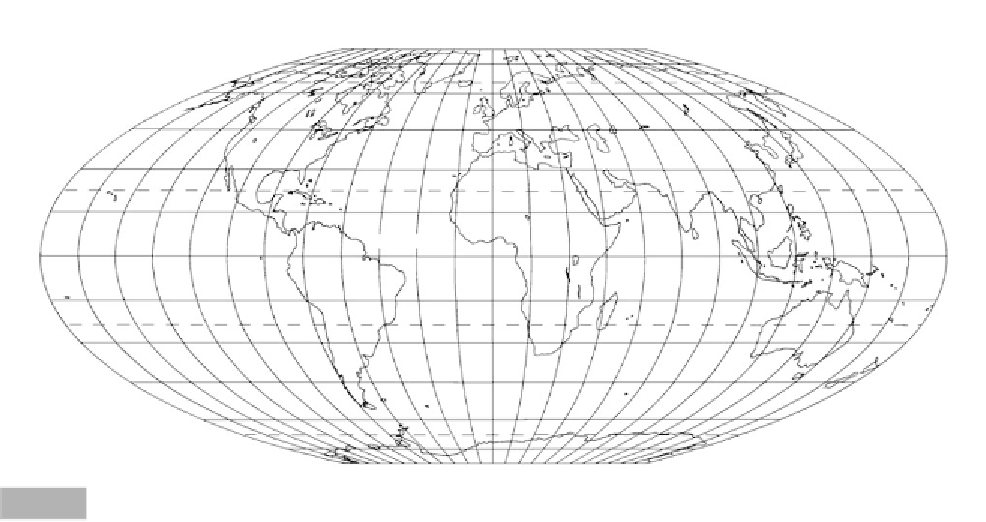Geoscience Reference
In-Depth Information
Michigan
Timmins
Wisconsin
Minnesota
Angara - Tunguska R.
Ural Mtns
Montana
Great Lakes
Yellowstone Park
Miramichi
Balkans
Tillamook
Amur R.
Maine
Long Island
Idaho
Boulder
Philadelphia
North Carolina
Georgia
Oakland
Los Angeles
San Diego
Okefenokee Swamp
U Minh Forest
Amazon Basin
Straits of Malacca
Kalimantan
New South Wales
Western Australia
Adelaide
Sydney
Canberra
South Australia
Victoria
Melbourne
Hobart
Location map.
Fig. 7.2
southern California or southern France, a hazard where
urban expansion has encroached upon vegetated moun-
tains. In fact, any country where climate is influenced
by aridity or by periodic drought is susceptible to
natural fires. This is particularly true for countries
experiencing a
Mediterranean climate
, especially those
where highly flammable eucalypts have supplanted
more fire-resistant vegetation. More importantly, large
areas of the northern hemisphere have undergone
reforestation this century, with the abandonment of
economically marginal farmland. Here, forest fires may
again pose the severe hazard they were under initial
settlement more than a century ago.
This chapter will examine the hazard of drought-
induced natural fires. Those weather patterns favoring
intense fires will be described first, followed by a
discussion of the main causes of fire ignition. Major
bushfire disasters will then be described, with particular
emphasis upon the American and Australian environ-
ments, where some of the most intense conflagrations
have been witnessed.
behavior.
Eucalyptus
is one of the most fire-prone
vegetation types, having leaves with a high oil content
that fosters burning. Such trees can rapidly renew
foliage through epicormic shoots on the main trunk, or
through shoots on buried and protected roots. After
only a few years post-fire, they can become sites of
conflagrations as severe as the original fire.
Eucalyptus
has been exported successfully from Australia and
now covers significant areas of southern California,
northern Africa, the Middle East, and India. Other
fire-prone vegetation dominated by scrub oak,
chamise, and manzanita exists in Mediterranean
climates. Such vegetation communities are labelled
'
chaparral
' in California, 'garrigue' or 'maquis' in
France, 'phrygana' in the Balkans, 'matarral' in South
America, 'macchin fynbosch' in South Africa, and
'mallee' or 'mulga' scrub in Australia. In regions
affected by severe drought, fuel characteristics are very
important to the spread and control of fires. Fuel
characteristics can be separated into two categories:
grass, and bush (mainly
Eucalyptus
). Grasslands
produce a fine fuel both on and above the ground
surface. Such material easily ignites and burns. In
forests, the fine fuel consists of leaves, twigs, bark, and
stems less than 6 mm in diameter. Apart from
Euca-
lyptus
leaf litter with its high oil content, most forest
litter is difficult to ignite.
The arrangement of fuel is also important. Com-
pacted litter is more difficult to burn and to extinguish
CONDITIONS FAVORING
INTENSE BUSHFIRES
(Vines, 1974; Luke & McArthur, 1978; Powell, 1983; Voice
& Gauntlett, 1984; Yool et al., 1985)
The potential for a major fire hazard depends upon the
vegetation type, fuel characteristics, climate, and fire





























